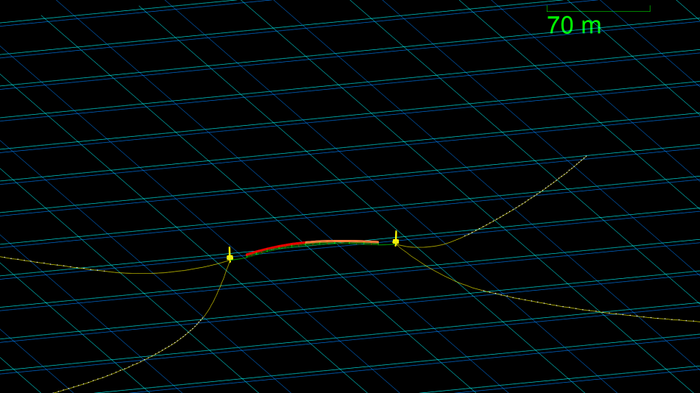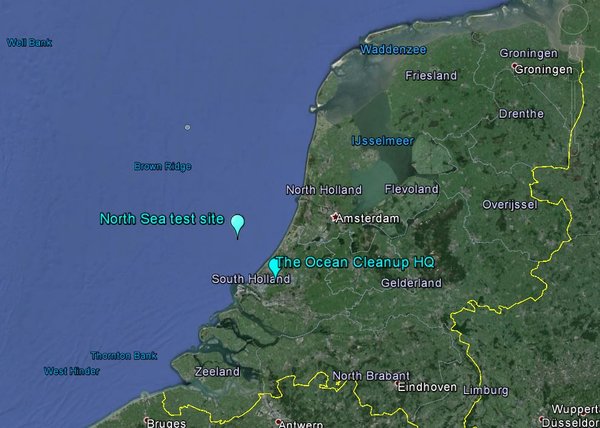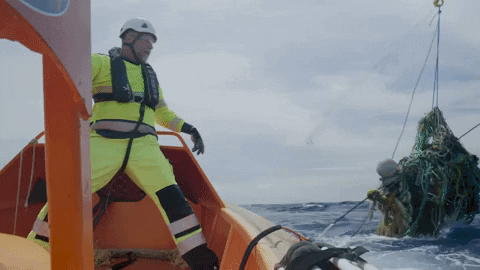
First Cleanup Barrier Test to be deployed in Dutch waters
Back to updatesThe Ocean Cleanup will be deploying a 100 meter-long barrier segment in the second quarter of 2016 in the North Sea, 23 km off the coast of The Netherlands. It will be the first time our barrier design will be put to the test in open waters.
The main objective of the North Sea test is to monitor the effects of real-life sea conditions, with a focus on waves and currents. The motions of the barrier and the loads on the system will be monitored by cameras and sensors.
The floating barriers are regarded as one of the most critical elements of the concept since they are responsible for capturing and concentrating the plastic debris. Due to their size and the extreme oceanic conditions, the barriers have always been the top focus for the engineering team. After extensive computer modeling and scale model testing in controlled environments at the Deltares and MARIN basins, our engineers believe it is time to move the barrier to the next stage of development.

The North Sea test will help our engineers to de-risk the Coastal Pilot, our first operational cleanup system planned to be deployed off the coast of Tsushima Island, Japan. In order to be able to make full use of the North Sea test results, the go-ahead for the Coastal Pilot will be pushed back to the second half of 2016.
Both tests are a part of The Ocean Cleanup’s efforts to develop a passive technology to clean up the world’s oceanic garbage patches, testing and iterating the floating barrier design. The North Sea test will be helping to ensure the effectiveness and durability once the large-scale system will be deployed in the Great Pacific Garbage Patch in 2020.
